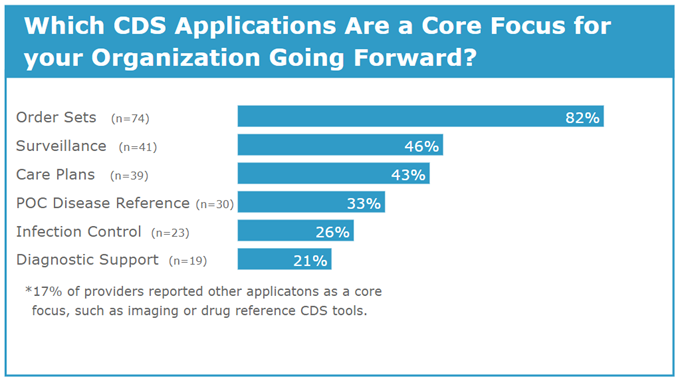
The Silver Lining: EMRs Reduce Diagnostic Errors
Technology in medicine is improving and saving lives each day. In an era of surgical robots, electronic pills, and 3D-printed medical devices, even the unsung heroes of HIT, including EHRs, are doing their part to improve patient safety.
During previous periods, Coverys claims data revealed a great deal more vulnerability in process-based issues such as referral management and the receipt and transmitting of test results. But thanks to the widespread use of EHRs in the past several years, we’ve seen a reduction in these process-based issues.
Additionally, EHRs can give providers reliable access to a patient’s complete health information, often right in the exam room where the H&P data is collected. According to an ONC study, 94% of providers now report that patient health records are available at the point of care. This comprehensive picture can help providers diagnose patients’ problems sooner and more accurately. Of the Coverys claims that cited an EHR issue, “58% had an injury severity considered high—a category that includes death.” Diagnostic Accuracy – Room for Improvement, Coverys Report
With all of the negative press on how EMRs are an impediment to patient care, it is interesting to note that a major medical-liability-insurance company is reporting that EMRs are improving diagnostic accuracy in patient care. The reasoning is that patient information is now more readily available at the point of care. Reviews of H&P information are now more readily available, as are the most current physician notes and diagnostic test results.
EMRs could advance diagnostic accuracy even further by integrating diagnostic-decision-support solutions into the EMRs. While there are many vendors playing in the decision support space, KLAS has only recently begun to dive into this segment.
In our Clinical Decision Support 2016 report, we found that order sets and surveillance pull the most interest from providers going forward. This would support the information from the Coverys report, but it also begs the question: Why aren’t organizations utilizing diagnostic support?

KLAS recently published a report on sepsis and the CDS tools that help provide better care. We’ve seen that organizations diving deeply into solutions for diagnostic and infection control are experiencing great outcomes in patient care. Many of the solutions that providers are purchasing have begun incorporating machine learning functions to further enhance their diagnostic accuracy. With such impactful tools on the market, I’m at a loss as to why these diagnostic-support solutions aren’t used more often by physicians. Additionally, why aren’t these solutions available directly from a provider’s EMR? Is this an EMR-architecture challenge for workflow integration?
Healthcare is the single most complex services industry in the world, and I don’t foresee it getting simpler in the future. The expanding complexity of medicine will increase the need for clinical decision support tools used by physicians. As mentioned, we’ve already seen a reduction in diagnostic errors, and with additional tools for things like sepsis, our technology will make an even greater impact moving forward. Ultimately, diagnostic decision support is key for driving healthcare protocols that deliver expected outcomes, care quality, and patient safety.